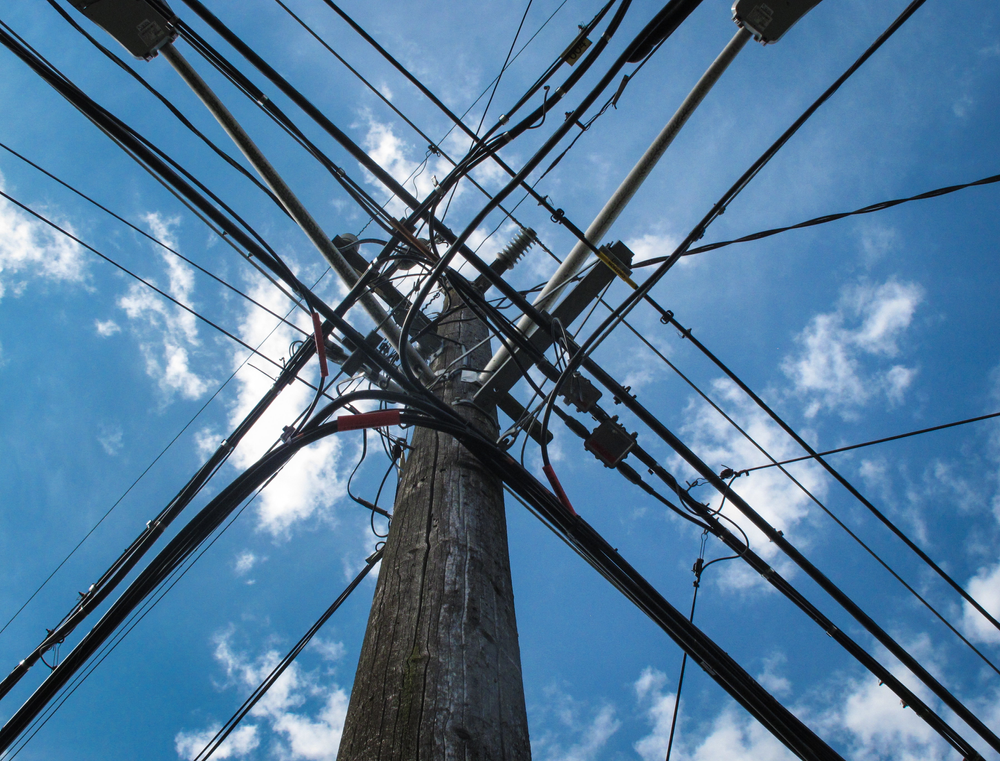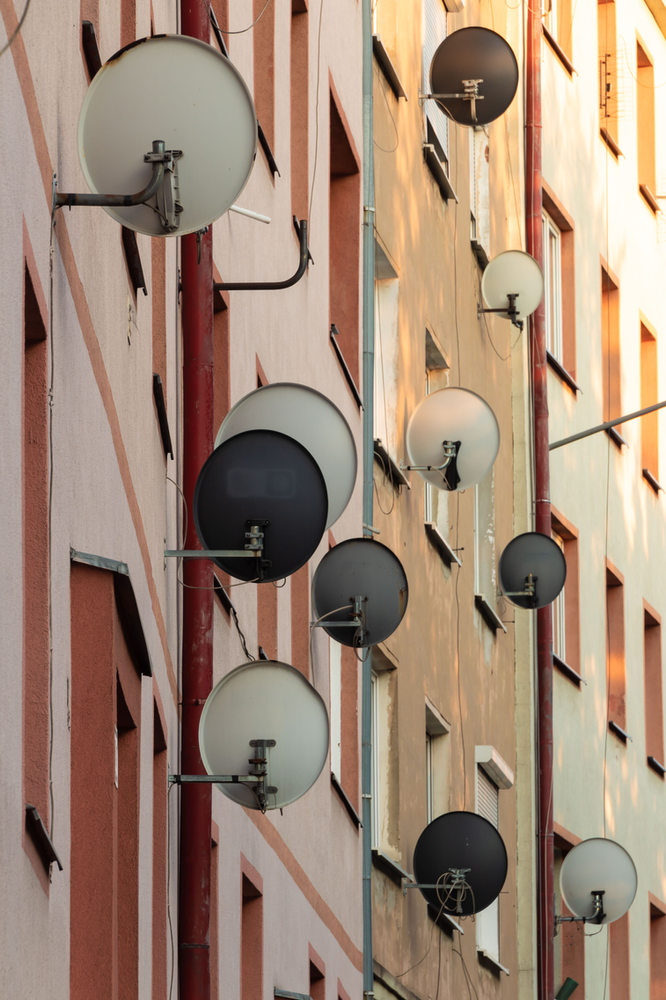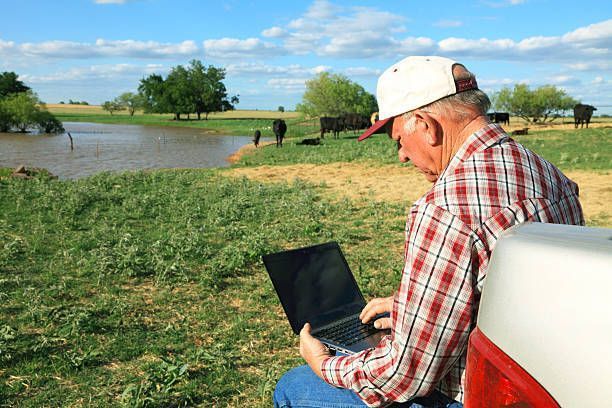Granny’s Coleslaw and the difference between DSL, Satellite and Fixed Wireless Internet
I remember when Granny was 94 years old, back in 2009. We chatted about all the technological advances she had witnessed in her lifetime. I said I would never see as many advances as she had seen; she disagreed. Turns out she was right. Since then, it is common to hold a computer in your hand, surf the internet and email from your phone as well as take pictures (surprisingly good ones), text and make good old-fashioned phone calls. There are many ways to connect to the internet now, but “in the beginning” there was only dial up. Then DSL (or coaxial cable) came along for city/suburban dwellers. Satellite has been the only viable option for outlying areas. But the latest and greatest is Fixed wireless. There is a lot of confusion about the similarity and differences between DSL, Satellite and Fixed Wireless - how the connection is sent and how the reliability compares. I aim to make the differences simple to understand - simple as Granny’s coleslaw recipe.

Internet begins with a Distribution Point. This is the location of signal origination. Internet Service Providers (ISPs) differ in how they provide the signal/connection from the distribution point to end users. The connection can be wired; This is DSL and can include telephone, Ethernet, or coaxial cables. The lines form a web from the Distribution Point, to a local Access Point, then to the surrounding neighborhoods. Because there are so many internet users in the United States, it is nearly impossible to lay wire to every single user and it is mostly available in urban centers. The process of creating the web of wires to end users is called “provisioning”. When you hear about an area not being “provisioned”, it simply means that service lines aren’t available. Once they are laid, anyone with a subscription to a provider can connect. If your area offers 2 service providers, they both use the same lines.

This underground and above ground cable infrastructure is not trouble free - construction crews can inadvertently cut existing cabling, trees can fall breaking cables, cables deteriorate over time due to aging, fires, storms, salt and water seeping into the cables, water main breaks and steam pipe explosions. Over time, the cable integrity suffers decline and deterioration making it less able to conduct signal and in turn losing much of its capacity to perform well.
Satellite Internet involves an actual orbiting satellite. The process starts with transmitting signals from a dish on earth to a satellite 22,300 miles above the Earth’s atmosphere. After the signal is received, it is beamed to your home or business satellite dish. The Satellite dish is hard wired to a modem and then to your computer via wire or Wi-Fi.
Weather and atmospheric interference impact signal quality – a storm in the next state can cause service problems. Lag time, or latency, is the time for the signal to be transmitted back and forth – 22,000+miles. This can make even the best connection sluggish and has a big impact on online gaming and streaming video.
Satellite also has some degree of data limits per billing cycle. Using too much data will result in penalties in the form of restricted speeds (throttling) or over-usage charges.
With Fixed Wireless, the signal that originates from the Distribution Point is directed toward Access Points on towers rather than bouncing off a satellite 22,300 miles away in space. Fixed wireless towers are land-based and are no taller than cell service towers minimizing the opportunity for atmospheric disruption. The customer has a receiver, often an antenna that is affixed to the home or building.

Weather conditions don’t affect fixed wireless like they do satellite internet; the signal point is usually located within 10 miles of your house, so the clouds above it and the storm in the next state won’t interfere with the signal. The reduced distance results in reduced latency and a superior connection. Fixed wireless internet usually has high caps (100GB or more) or no caps at all. Additionally, the technology offers super-fast download speeds that are just as fast if not faster than those you get from other broadband services. The lack of a data cap means you can make the most of reliable bandwidth to use a VoIP phone system, upload and download data at consistent speed, stream music and videos, and use any Internet-based applications with the assurance of no throttles or added fees. Because of low cost of fixed wireless hardware and quick installation, the fixed wireless companies are able to keep cost low. No underground cables, no orbiting satellites.
Granny’s Coleslaw – ½ head of shredded cabbage, the juice of one lemon, 1 ½ teaspoon Truvia, 2 Tablespoons dill seed or dill weed, ½ c mayo. Simple – just like the differences in Internet Services. Find out what is available in your area and allow us to figure out what will work best for you.

















